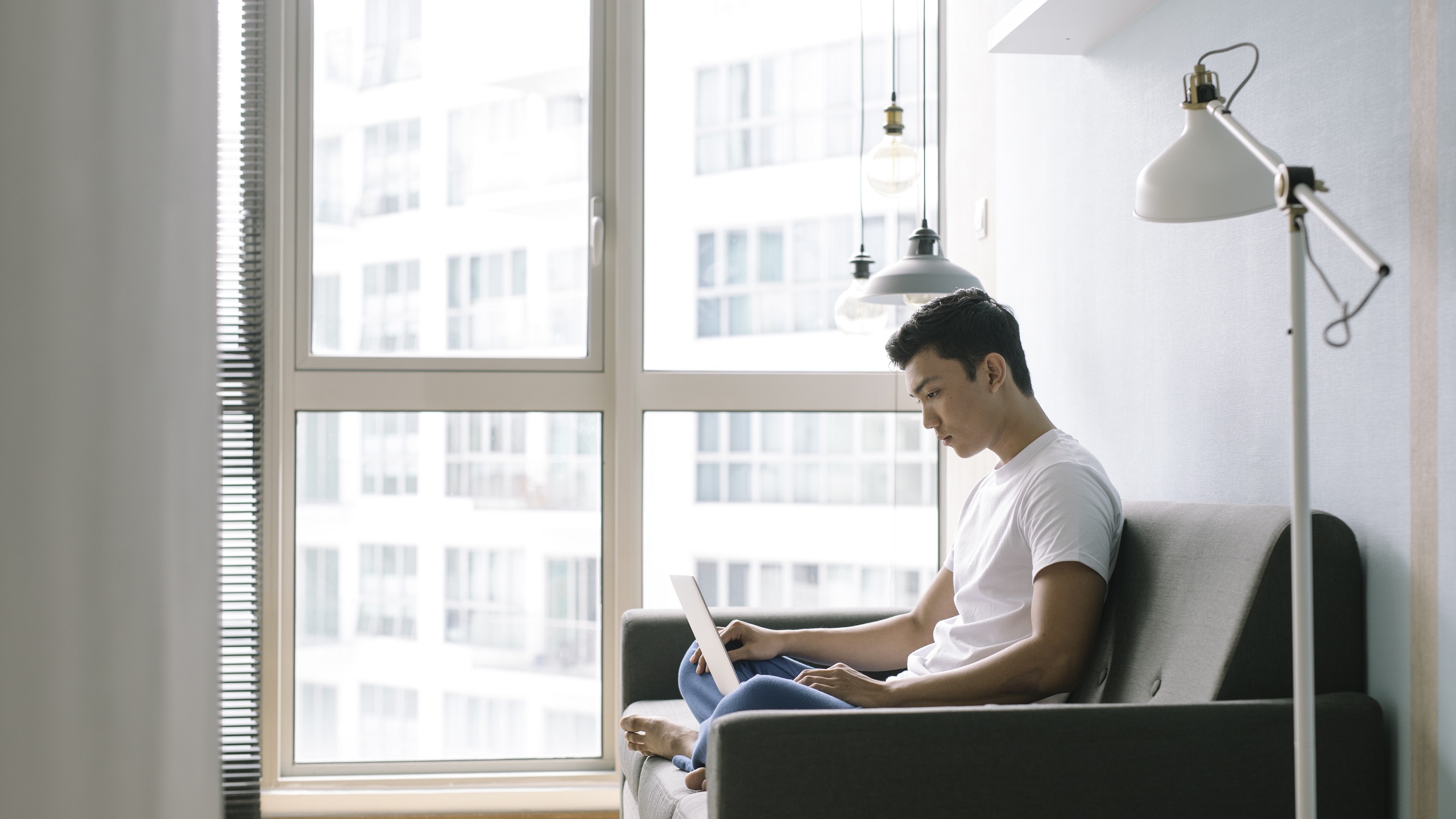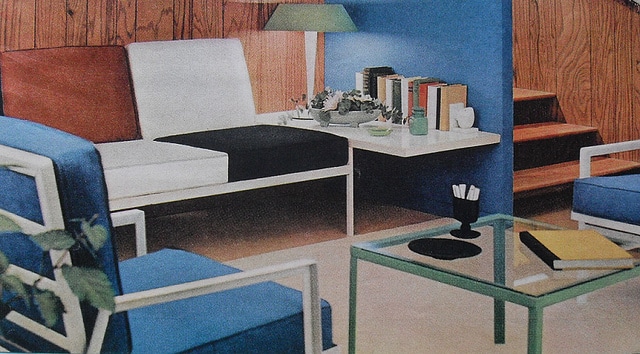Important Tips for Integrating Minimalism into Your Personal and Professional Life
Important Tips for Integrating Minimalism into Your Personal and Professional Life
Blog Article
Comprehending Minimalism: Methods for Lowering Mess and Enhancing Clearness in Everyday Living
Minimalism is significantly recognized as a feasible technique to boosting clearness and focus in today's chaotic world. By systematically evaluating our properties and focusing on intentionality, we can produce areas that not only show our values yet also advertise mental well-being.
Defining Minimalism and Its Advantages
Defining minimalism includes recognizing it as a lifestyle option that stresses simplicity and intentionality in both physical possessions and everyday regimens. At its core, minimalism encourages people to prioritize what genuinely matters, enabling a much more purposeful and focused existence. By removing away the non-essential, minimalism invites individuals to involve deeply with their experiences and environments.
The advantages of embracing a minimalist technique are diverse. Firstly, it fosters mental clearness, as minimizing mess in one's setting can bring about decreased diversions and stress and anxiety. When surrounded by fewer possessions, people typically report boosted concentration and enhanced performance. Secondly, minimalism advertises monetary flexibility; by prioritizing needs over desires, people can make more enlightened purchasing choices, leading to possible savings and lowered financial debt. Additionally, a minimalist lifestyle can generate emotional benefits, as it urges individuals to cultivate appreciation for what they have instead than yearning for much more.
Inevitably, minimalism is not simply about worldly reduction however involves an all natural change in point of view, cultivating a life defined by balance, gratification, and objective. Embracing this way of life can bring about profound changes in exactly how people interact and view with the world around them.
Assessing Your Present Clutter
Clutter frequently shows up as an overwhelming buildup of items that no longer offer a purpose, developing a barrier to attaining a minimal way of living. Take note of details classifications of items, such as garments, books, or kitchenware, as this will assist you understand the extent of the clutter.

Furthermore, think about the frequency of usage for each thing. Inevitably, understanding your current clutter is a vital step toward embracing minimalism and improving clarity in your everyday living.

Practical Decluttering Techniques
Having evaluated your present clutter, the next action is to apply functional decluttering techniques that promote an even more organized living room. Minimalism. One reliable technique is the "Four-Box" technique, where you mark 4 boxes identified: keep, contribute, trash, and relocate. This approach urges fast decision-making and makes sure items are classified properly
One more technique is the "One in, One out" rule, which stipulates that for every single brand-new thing gotten, an existing item needs to be removed. This concept aids preserve balance and stops buildup in time. In addition, think about the "30-Day Minimalism Video Game," where you get rid of one thing on the first day, two on the 2nd, and so forth, cumulatively fostering a feeling of achievement.
For those who have problem with psychological accessories to properties, the "Sentimental Value" approach can be useful. Limitation yourself to a particular variety of treasured items, enabling you to value their importance without frustrating your space. Develop a routine decluttering timetable, whether regular monthly or seasonally, to keep a clutter-free atmosphere. By employing these techniques, you can develop a more reliable and tranquil space, inevitably enhancing clearness in your daily life.
Developing Deliberate Spaces
Developing deliberate areas involves a thoughtful method to how we design and organize our settings, making sure each area offers a particular purpose and mirrors our values. This method is vital in cultivating a feeling of clarity and function in our lives. By seriously evaluating the feature of each space, we can dig this get rid of distractions and improve our overall well-being.
To develop deliberate areas, begin by recognizing the key tasks that will happen in each area. For instance, an office need to be designed to foster productivity, incorporating elements such as sufficient illumination, comfy furniture, and very little disturbances. In comparison, a relaxation area need to advertise serenity, including comforting shades and comfortable seating.
In addition, consider the emotional effect of your surroundings (Minimalism). Including personal things that resonate with your worths, such as artwork or plants, click reference can improve the connection to your area. Regularly review these atmospheres to ensure they continue to offer their intended function as your demands develop
Eventually, creating deliberate rooms has to do with making aware choices that line up with your way of life, advertising consistency and efficiency in your living and workplace.
Maintaining a Minimalist Way Of Thinking
Welcoming a minimal frame of mind needs recurring representation and intentionality in our ideas and actions. This strategy includes growing understanding of our worths and top priorities, permitting us to filter distractions and focus on what really matters. To preserve this state of mind, routine self-assessment is necessary. Establish aside time to assess your commitments, ownerships, and even digital web content, ensuring they align with your core principles.
One more secret method is to practice gratitude. Acknowledging what you currently have fosters contentment and lowers the need for extra. This shift in viewpoint urges recognition for simplicity, improving general wellness. Incorporating mindfulness techniques, such as meditation or journaling, can better strengthen a minimalist attitude by promoting quality and reducing mental mess.
Furthermore, develop limits to secure your energy and time. Learn to claim no to non-essential responsibilities and distractions that do not add to your personal growth. Border on your own with like-minded people that support your minimal trip, as shared values can boost motivation and liability.
Final Thought
Finally, welcoming minimalism uses substantial advantages, consisting of reduced clutter and enhanced quality in every day life (Minimalism). By systematically evaluating possessions and carrying out practical decluttering methods, people click resources can produce deliberate areas that foster mindfulness and gratitude. Keeping a minimal way of thinking needs ongoing analysis and dedication to simplicity, inevitably bring about a much more focused and fulfilling way of life. The principles of minimalism work as useful devices for growing an environment that supports personal growth and well-being.
:max_bytes(150000):strip_icc()/what-is-minimalist-design-4796583-03-37f2ac0fcfd74c0c905ea31398c20494.jpg)
Additionally, consider the "30-Day Minimalism Game," where you get rid of one thing on the first day, 2 on the second, and so forth, cumulatively promoting a feeling of success.
In final thought, embracing minimalism supplies substantial advantages, consisting of lowered mess and enhanced clarity in daily life.
Report this page